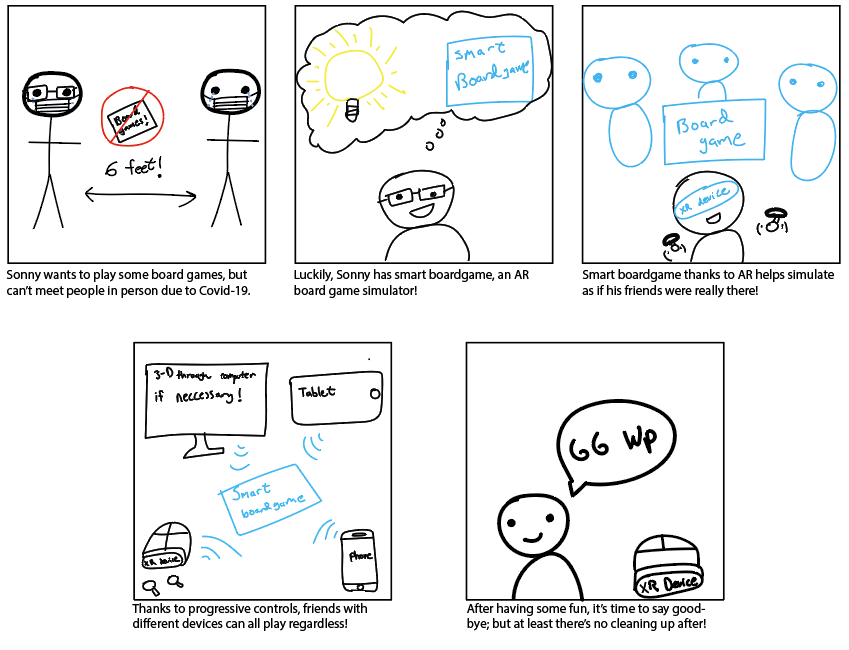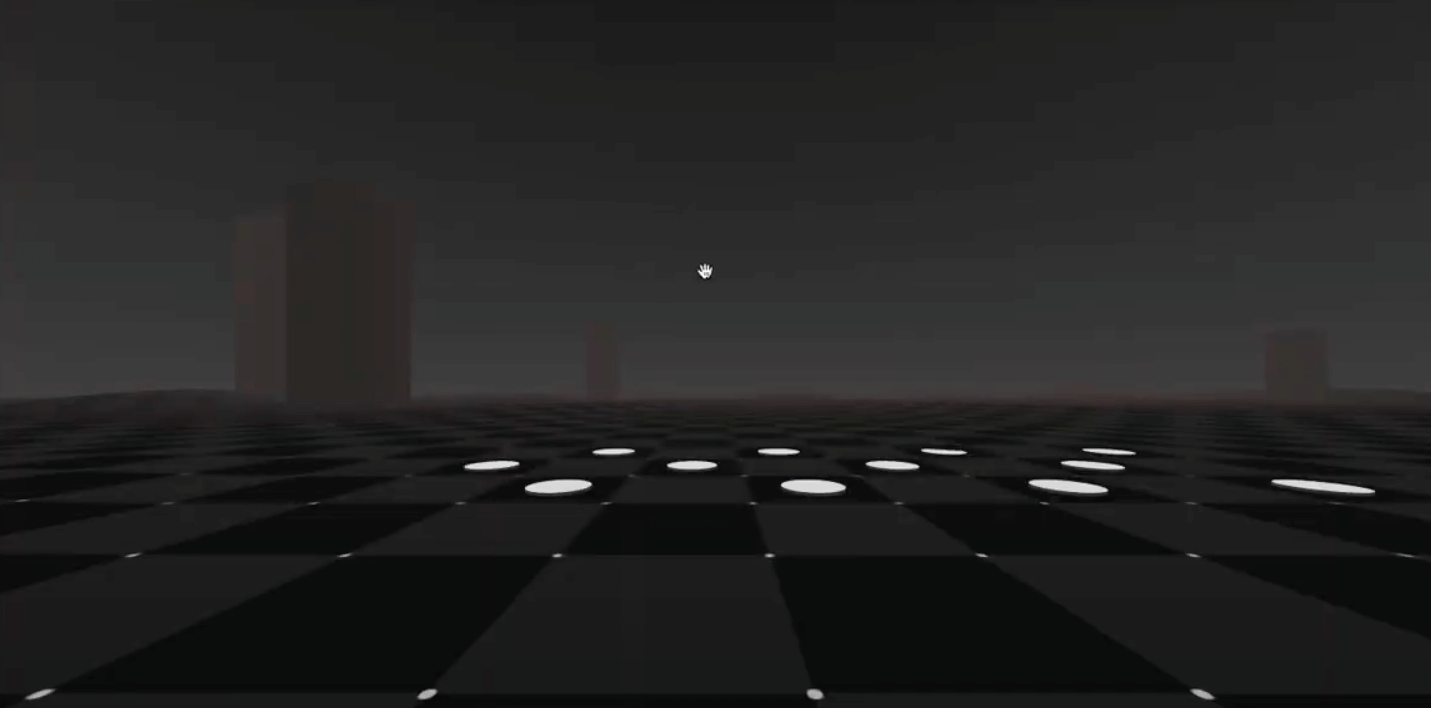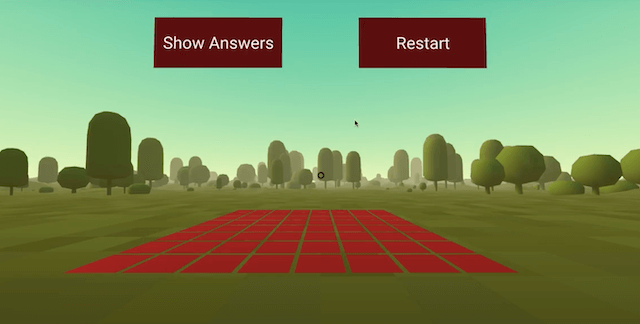AR Minesweeper MVP
A school project where the main goal was to design an augmented reality minimal-viable-product for a mobile phone
Problem Statement
Video games despite some people’s beliefs can provide numerous benefits, with studies showing cognitive benefits such as gamers who play shooting games have faster and more accurate attention allocation versus the control group. However, for many individuals AR/VR devices that allow users to play AR/VR video games can be too expensive with the Hololens2, a mixed reality device costing 3,500 USD. Hence, this project aims to create an AR game that is easily accessible for all users by allowing users to play with their smartphones which is a lot easier to access for users.
Define
Hence, the goals for this project was:
- 1: Create a fun, immersive game utilizing AR
- 2: Must be able to perform on an actual phone without crashing or significant lag
- 3: Include “features” present in other video games such as being able to restart
- 4: Must play like an actual game, should have a clear win and lose scenario

Design
Numerous iterations and edits have been made throughout the design process for this project.
Initially this project aimed to create a multi-user video game experience, however after looking the documentation and experimenting with previous drafts I realized that in the given timeframe it would not be possible to utilize this component.

One of the most pivotal design decisions that was made after iterating/experimenting with multiple designs is to create an augmented reality application instead of a virtual reality application. Initially there was some question on whether a virtual reality component should be prioritized but an augmented reality seemed more appropriate as the target user group are those with mobile phones - implementing a VR solution through mobile (e.g. Google cardboard) and not as intutiive user-controls (e.g. gaze) could impede with the user experience.

I decided to design a minimal-viable-product AR minesweeper game. I then interated through multiple designs making changes due to various reasons such as changing 3-D models to improve performance, reducing the opacity of the tiles and the scale of the application to improve the user's immersion, and adding instruction panels and hover interactivity to provide signifers to the user.
Deliver
After numerous iterations and design changes, a final minimal-viable-product AR minesweeper game was created.
If a user hovers over a tile, the tile changes color to allow the user to better identify which tile is being "selected". To select the tile, users can tap on their phones.
Another feature is the "Show Answers" button will allow the user to see the "answers" on the board, uncovering the tiles. Users can also then click on the restart button to re-start without refreshing the browser.
Lastly, if a user unfortunately taps on a tile with a bomb, the tile will explode, triggering an explosion animation and an explosion sound effect as well. A "You Lose GG" panel appears as well. Users will also get a "You Win!" panel if they win as well.